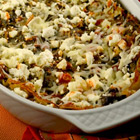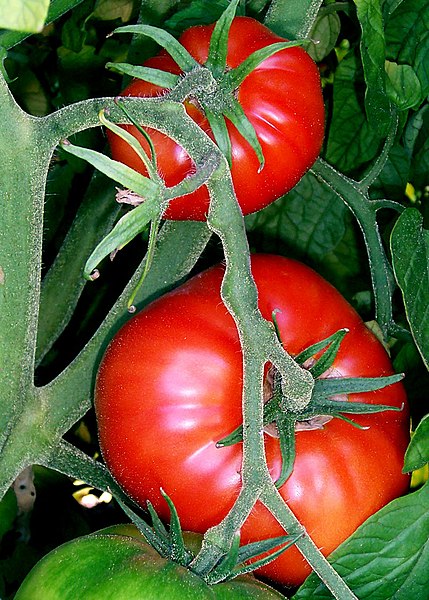 I read two conflicting articles recently about the effect the economy is having on people’s choices to buy green products. One urged consumers to think twice about paying the extra money for organic and green products in light of the economic crisis.
I read two conflicting articles recently about the effect the economy is having on people’s choices to buy green products. One urged consumers to think twice about paying the extra money for organic and green products in light of the economic crisis.The other article stated that the economy is leveling out the playing field between conventional and green products. The energy saving practices that many companies that produce green products already employ has kept their costs from rising at the same rate as conventional companies.
Either way, it seems everyone is feeling the economic pinch, and choosing conventional products over green products to save a couple of dollars can be very tempting. I think we need to resist the temptation as much as possible.
Here are some tips for continuing to buy green in tough economic times. I've probably talked about each of them in one way or another before, but I thought I'd bring them all together in one post.
- Don’t assume everything green is more expensive – If the one article I read is correct, the prices of many green products are remaining steady. Compare prices before you make the decision that you can’t afford a certain product in its green or organic form. In my grocery store, a canister of a popular brand of regular slow cooking oats is more expensive than the same amount of organic slow cooking oats from the bulk bins.
- Hit your local farmers market – The price for organics is usually lower at the farmer’s market than in the grocery store on everything from produce to flowers to eggs. By eliminating the high cost of shipping the items hundreds of miles, the local farmer can charge lower prices. Supporting local farmers during tough economic times is important, too. We don’t want them to go away.
- Prioritize – If you decide you must cut out some of your green products, sit down and determine what you aren’t willing to compromise on. For me, it would first be the things that affect my kids. Organic milk is non-negotiable. The mini carrots that they scarf down at lunch since we made them a replacement for potato chips have to be organic, too. We’re also committed to buying fair trade coffee. What are you not willing to compromise?
- Eat less meat – Organic or grass fed, free range meat is expensive, but instead of switching back to conventional meat, eat less of it. Buy a small amount of organic boneless chicken breast, cut it into cubes, and chop up a bunch of vegetables to make kabobs. You won’t even notice that ¾ of the food on your plate is vegetables. Institute Meatless Mondays in your home. Be wise with your leftovers, too. Freeze small, uneaten portions and when enough has accumulated, defrost and have a leftover night.
- Do without other things so that you can continue to buy green – Read any advice on cutting back and the first thing mentioned will be expensive cups of coffee and lunches out. Is there something you can cut out so you can free up money to continue to buy green? How about your monthly DVD rental subscription? The local library has DVD’s to borrow for free. There is bound to be something you can cut out.
- Make your own green cleaning products – The organic/natural cleaning products isle is one of the places that empties your wallet fast. If you make your own cleaning products from things like baking soda, vinegar, and tap water, you’ll spend less tan you would for the conventional products. You can use the savings on the organic food for your family.




















